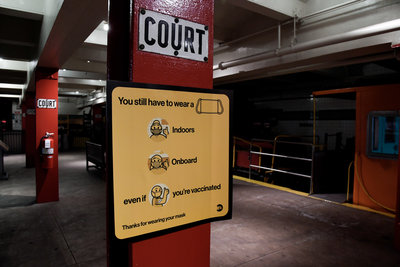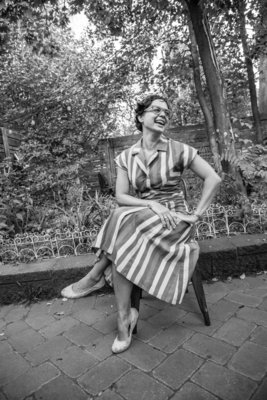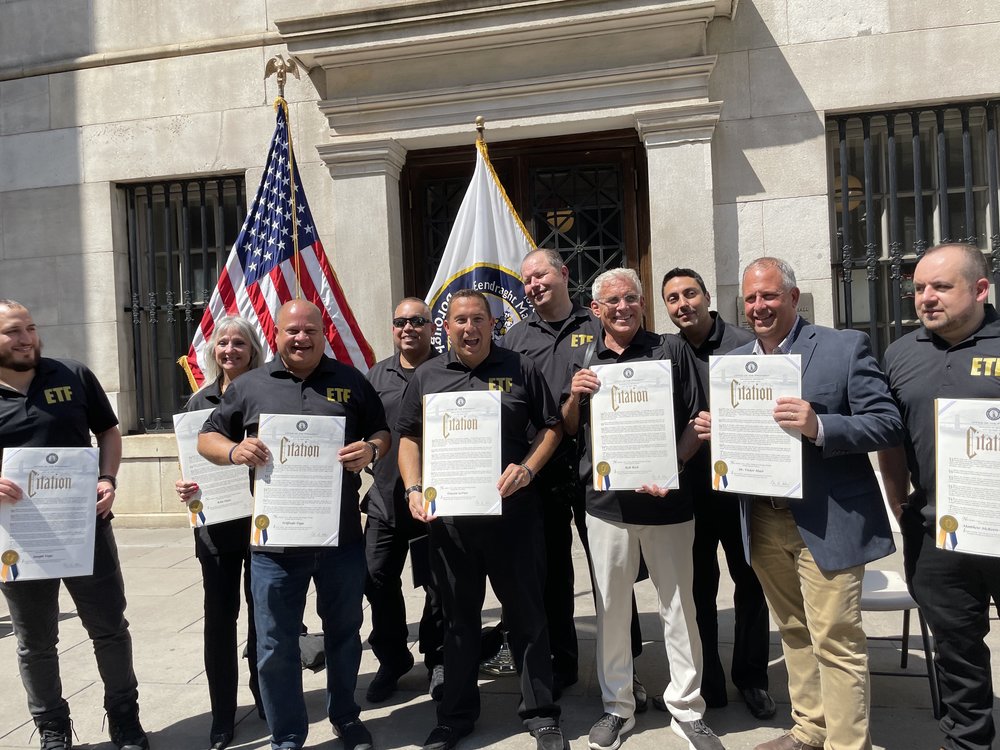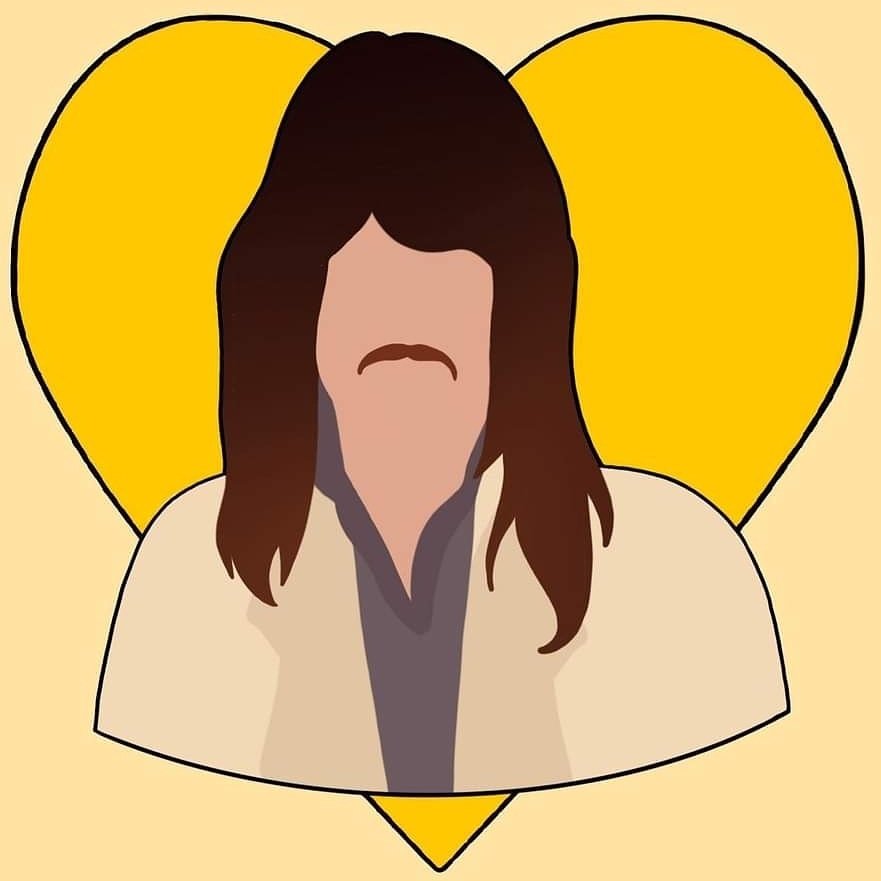New York Transit Museum reopens in Brooklyn
After a nearly 18-month temporary closure for the pandemic, the New York Transit Museum finally reopened its doors to the public on August 14.
The museum first opened in 1976 to celebrate the country’s centennial, and has since become a favorite among locals and tourists who love its unique collection of vintage cars, photographs, and paraphernalia.
Located underground in Downtown Brooklyn’s old Court Street station at 99 Schermerhorn Street, the New York Transit Museum’s varied exhibits celebrate the stories of construction workers, transit workers, and commuters who created and sustained the city’s transportation system.
Museum director Concetta Bencivenga discussed the continued significance these stories hold during the pandemic, as well as the museum’s own experience over the past year and half.
“Not all museums are designed equally,” Bencivenga said during an interview. “We may not have the square footage of the Met or even the Brooklyn Museum, but more importantly we don’t have the same constituents.
“We have been part of our downtown Brooklyn neighborhood for 45 years, so for a lot of folks we’re the museum around the corner,” she added. “We are also a de facto children’s museum and are very well known in the international community.”
The museum stayed closed longer than many other museums in the city, yet as Bencivenga explained, this was a conscious decision.
“We wanted to make sure that everybody, our staff and visitors alike, had ample opportunity to get vaccinated,” Bencivenga said. “I am 100 percent fine with waiting as long as we did, because we did the right thing for our institution and the communities that we serve.”
Like any institution in New York City, the Transit Museum was fundamentally challenged by the pandemic. While museum leadership was successfully able to keep its entire staff intact for a full year, they finally had to lay off a number of employees earlier this year.
However, the pandemic has also proven just how vital and contemporary the Transit Museum’s work is.
“We have been very, very cognizant of the fact that we’re actually living in an historical experience,” Bencivenga explained. “So we actually have been collecting the mask verbiage, the signage, the social distance markers that have been produced by the MTA. We are basically saying everybody don’t throw anything out.
“The Transit Museum believes that you experience New York the way you do because of mass transit, you just don’t know it yet,” she added. “This is a historic experience for the entire world, but it certainly has a significant impact on mass transit.”
In addition to expanding the collection, the pandemic has also presented the museum with an opportunity to reflect on the larger history of mass transit in New York.
Some stories that museum staff tell on tours have found greater meaning, such as the Malbone Street Wreck of 1918 — the biggest subway accident in history — which was caused in part by a grieving motorman who had recently lost relatives to the Spanish flu.
Many of the other stories, however, are more familiar to the museum’s current visitors.
“We have the 20th anniversary of 9/11 coming up,” Bencivenga said, “and one of the most remarkable stories is that transit workers continued to show up. Whether it’s figuring out how to do it during the two world wars, the Spanish flu, the demise and resurgence of the system in the 60s, 70s, and 80s, or even Superstorm Sandy, transit workers are there. They are truly some of the most unsung heroes in the city of New York.”
The Transit Museum honored these dedicated employees during the city’s recent “Hometown Heroes” parade for essential workers, rolling out cars from its antique fleet to travel down the Canyon of Heroes in Lower Manhattan.
Yet on any given day, the museum is consistently dedicated to celebrating the way mass transit has shaped the ways New Yorkers work, play, and live.
“One of my favorite pictures in our collection is of Willets Point,” Bencivenga explained. “Queens is the way we know it because of the 7 train. That relationship between the people who live there and mass transit is so clear.”
The New York City Transit Museum is currently open Fridays through Sundays from 11 a.m. to 4 p.m. All visitors, including members, must reserve tickets online in advance. Proof of vaccination and masks are also required for entry.
“If you’re interested in the artistic inspiration that people have derived from the subway or mass transit since its inception, we have a show for you,” Bencivenga said. “If you want to just come and sit in a car that maybe your parents or grandparents or you yourself used to commute or go to the World Fair in Queens or get to school, then we have a fleet for you.”





